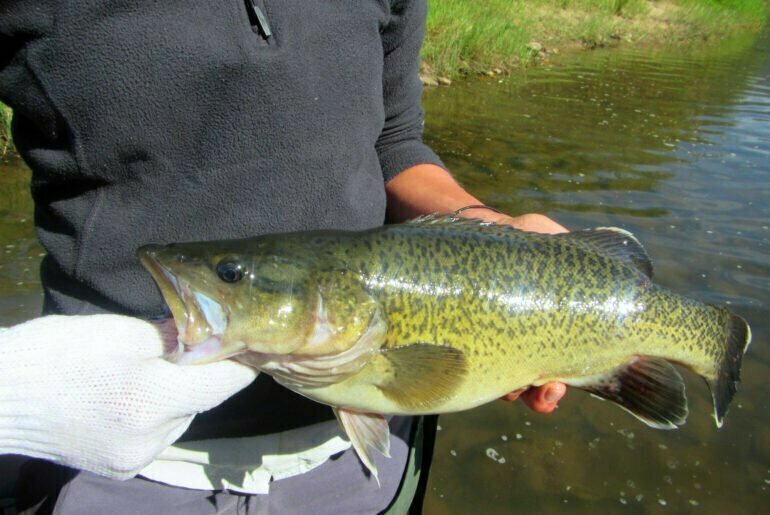Recent ecological research at the landscape scale suggests that there may be key locations, or “hotspots”, that play a disproportionate role in sustaining fish species and ecological communities. The identification of “hotspots’ in the Murray-Darling Basin (MDB) would greatly assist managers in protecting biodiversity and maintaining important ecological processes for native fishes. This scoping study was undertaken to help guide future investment in the identification of “hotspots” in the Basin, and conducted broad reviews of the literature and available data, as well as consulting extensively with a range of relevant experts.
Findings:
The study mainly focussed on four high priority native fish species; Murray cod (Maccullochella peelii), Silver perch (Bidyanus bidyanus), Golden perch (Macquaria ambigua ambigua) and Freshwater catfish (Tandanus tandanus), though some consideration was also given to some other species of conservation concern. The study defined a “hotspot” as being:
areas within riverscapes that have extraordinary importance for fish or processes that sustain native fish populations.
The study highlighted the importance of understanding the processes underlying hotspots so that the efficiency of management actions and conservation measures can be maximised cost effectively. To achieve this, a suite of suitable metrics were developed which encompassed both direct measures of fish, and measures of the ecological drivers supporting them for each of the priority species and communities.
The study concluded that insufficient data currently exists to adequately identify hotspots across the MDB. However, the study did provide an approach and suitable methods to collect relevant data which could then be used with current knoweldge to determine and describe hotspots in the MDB. The next step in the process was to investigate large-scale patterns in focus species abundance using existing datasets, determine the applicability of the hotspots concept for all metrics in a subset of river valleys, and then expand on observed trends to other valleys to identify hotspots throughout the MDB.
Key messages:
The identification of “hotspots’ in the MDB would greatly assist managers in protecting biodiversity and maintaining important ecological processes for native fishes. This study provides a pathway by which to engage the next step in the process of validating the hotspot concept in the MDB. This will identify critically important habitat required for protecting or rehabilitation to support priority native fish species.
Read more here: Tonkin, Z., King, A., Gilligan, D. Butler, G., Kitchingham, A., Sharley, D., Rourke, M., Crook, D., Balcombe, S., Koehn, J., Humphries, P., Zampatti, B., Ye, Q. and Hames, F (2010). Scoping study to determine the methodologies and data availability for identifying native fish hotspots in the Murray-Darling Basin. Arthur Rylah Institute for Environmental Research. Department of Sustainability and Environment, Heidelberg, Victoria.
Related projects:
‘Pilot testing’ the Habitat Management Areas concept on the Macquarie River



